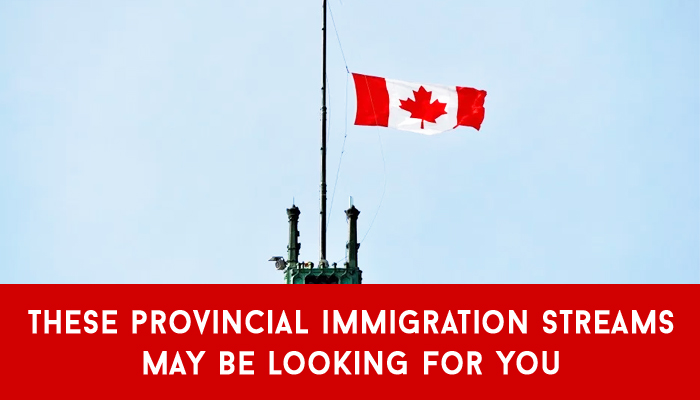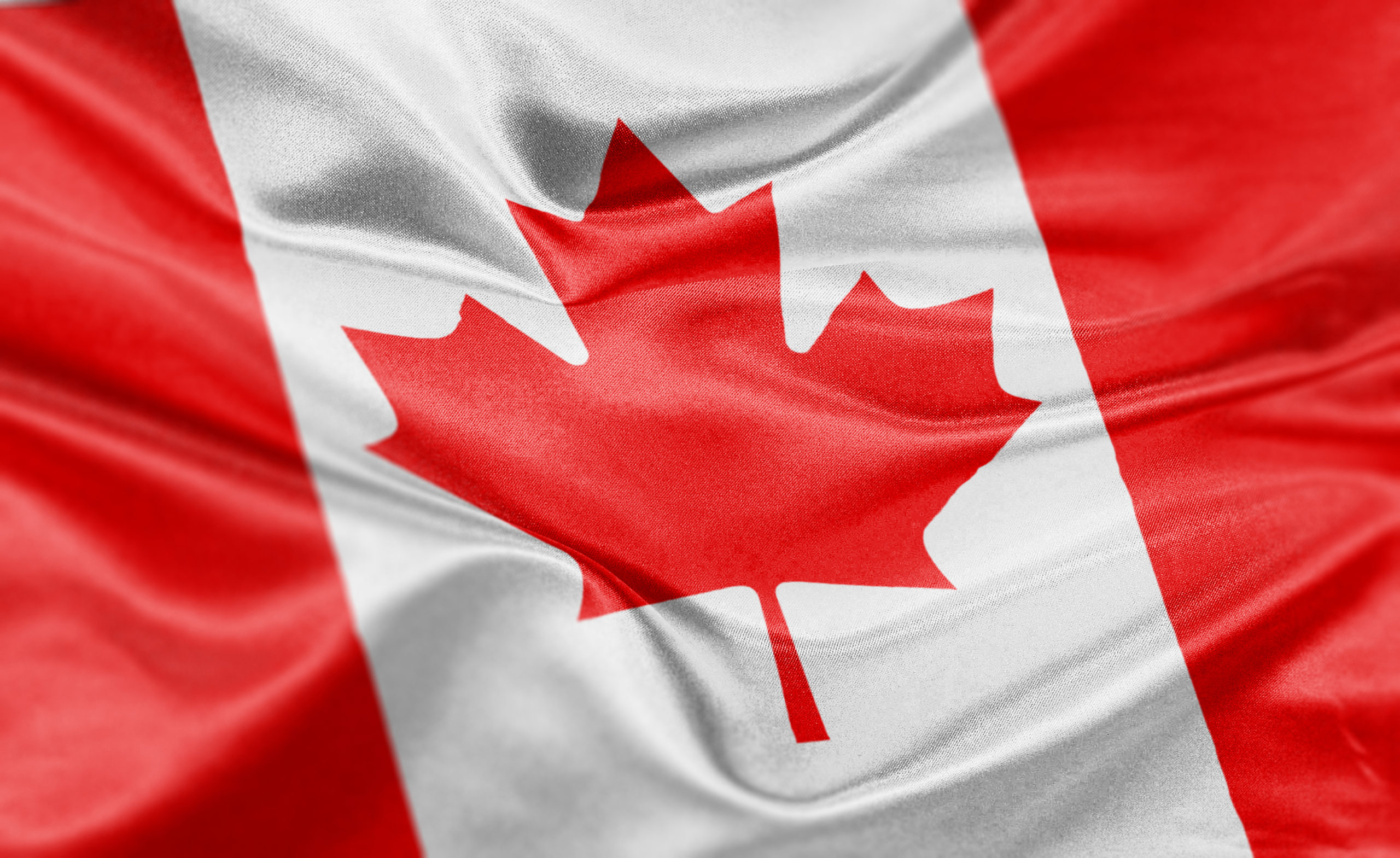
Alberta Extends 121 invitations through Express Entry
August 15t saw Alberta send out 121 invitations for candidates to apply for a nomination for Canadian permanent residence. All candidates were selected from Canada’s Express Entry system.
The province examined eligible profiles in the Express Entry system. Many of the accepted candidates had Comprehensive Ranking System (CRS) scores of just 400 points. As a result, candidates received Notifications of Interest (NOIs). The NOIs will allow them to apply for a provincial recommendation. If accepted, applicants will be rewarded 600 CRS points. Such high scores all but guarantee that the applicant will be selected in a federal express entry draw.
The Alberta Express Entry Stream uses the federal Express Entry System for the purpose of finding candidates well suited to the province who meet their eligibility requirements. This provincial stream has been implemented once before: this resulted in a draw on August 7th that saw 35 invitations issued. Some candidates in that draw had scores of only 352 points. The Alberta Immigrant Nominee Program (AINP) has sent over 5,500 NOIs since the Alberta Express Entry Stream launched.
Lower Scores for Alberta Express Entry
Creating a profile with the federal Express Entry system allows applicants to be considered in the Alberta Express Entry Stream. Additionally, Express Entry profiles create connections with any other Provincial Nominee Programs (PNPs).
The Alberta tends to select candidates with lower CRS score minimums compared to other Express Entry streams. For instance, score requirements have been as low as 300 in four different draws in Alberta this year. On the other hand, the lowest score in the 2019 federal Express Entry draws was 438 points.
The province of Alberta does not explicitly require previous work experience or a current job offer in the province. However, it does give priority to applicants with them. It also prioritizes those with a degree from a Canadian post-secondary school and those with close family currently living in the province.









